Grid-30

Grid-30 is the final piece in the series. The piece combines three-dimensional elements and positioning of objects to suggest motion and create a scenario with a marked trajectory behind it. The connected fence-like shapes along the border of the grid mark the boundary of the piece. However, there are two squares along the crossing sections of the fence-like structure that gravitate towards the middle. Their attraction towards the middle is based on two details: one is that the crossings of the fence-like structure, if placed on a three-dimensional surface, would reveal an opening at the surface level through where the squares could cross over. The other is that the two dots are positioned close to the edge and usually moving objects are framed (in compositions) with more space ahead of them when they are following a trajectory to show the potential for continued motion in that particular direction (towards the middle).
In the middle we also find a square that has already made it to the edge of the rectangle in the middle, and another one that directly connects with a trapezoid leading to a larger square overlapping a triangle. This triangle points towards the only part of the piece that contains no border, hence suggesting an easy way out. This entire trajectory suggests that squares are making their way towards a platform in the center of the piece to be ejected upwards and away from the entire piece.
...and it is in this way that the Gridz series is also now ready for blast off!

Introducing Gridz
Gridz are abstract art pieces with the following characteristics:
- Have a minimalist design
- Are drawn using a grid as aguide (usually from 8x8 up to 20x20)
- Use only staringht lines that start and end at grid crossings
- Use repetition and space creatively and thoughtfully
- May implement familiar/thought-provoking shapes and symbols
-
Do not use suggestive titles



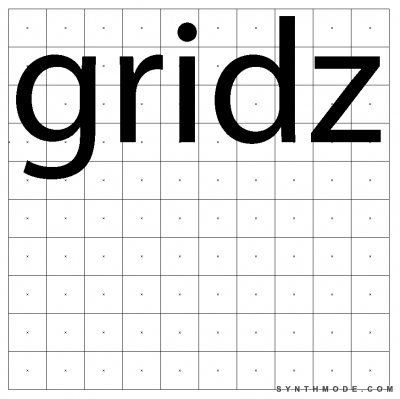
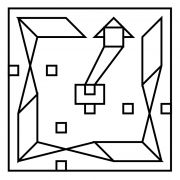

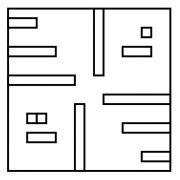



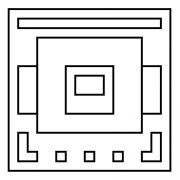


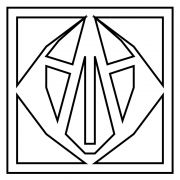


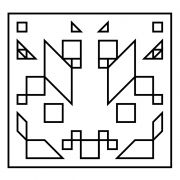





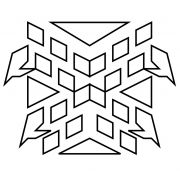
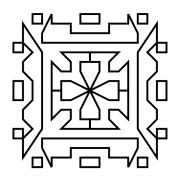
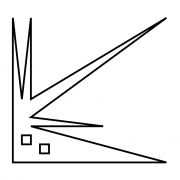

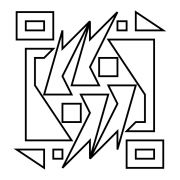
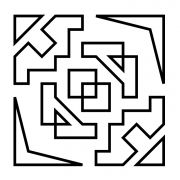
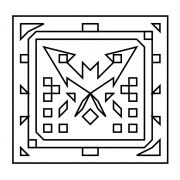



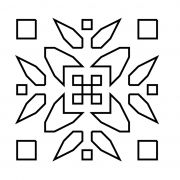
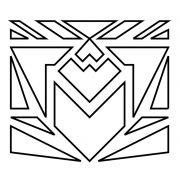
Comments
This one reminded me of a top
Add new comment